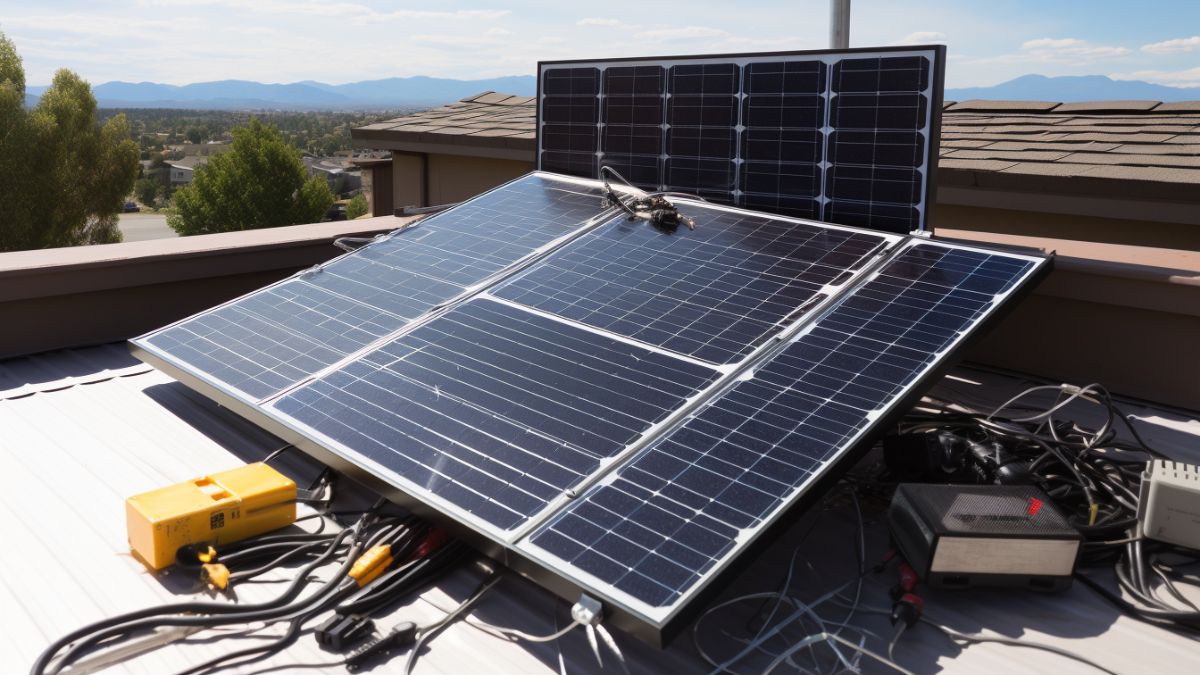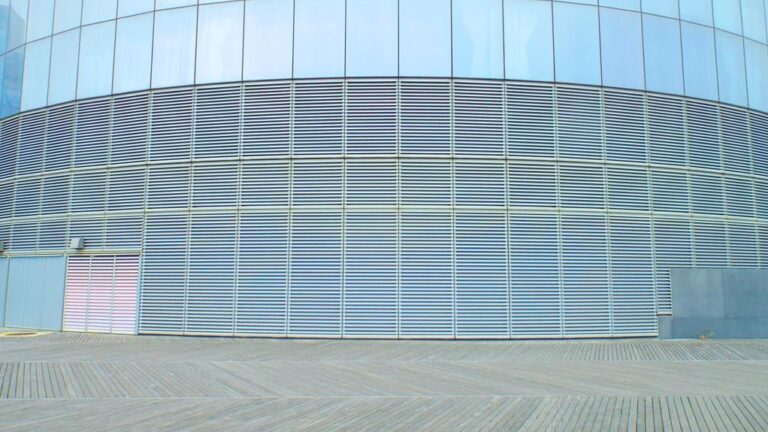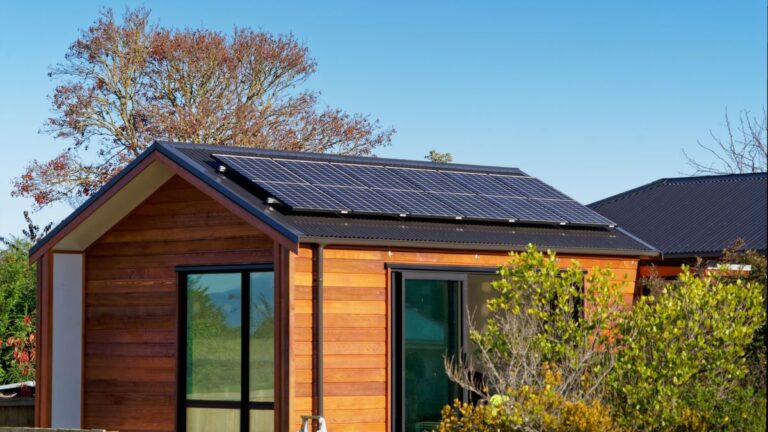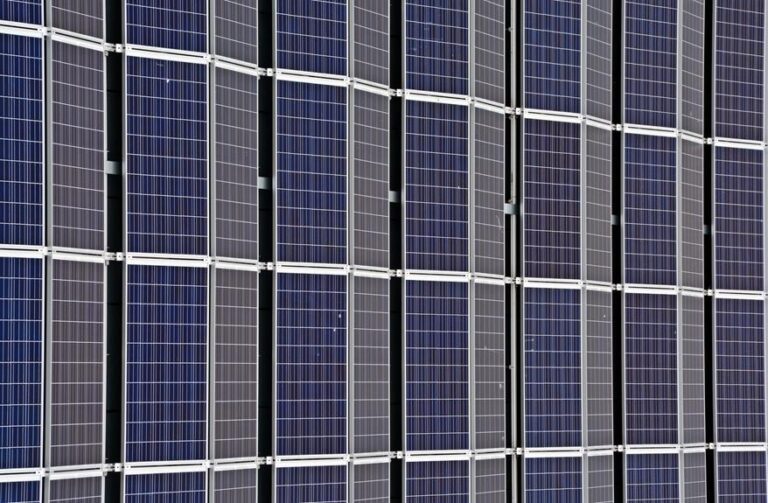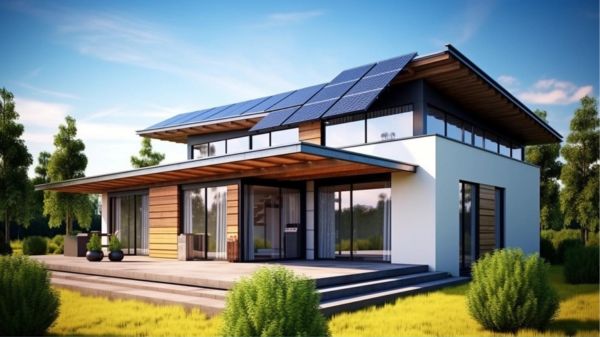Are 100 Watt Solar Panels Sufficient to Meet Your Energy Needs?
If you’re considering investing in solar panels, you may be wondering if 100 watt panels will be enough to meet your energy needs. The answer depends on a variety of factors, including your location, the amount of sunlight your panels will receive, and your energy consumption habits.
It’s important to note that a 100 watt solar panel will not produce a constant 100 watts of power. The output will vary depending on the time of day, weather conditions, and the angle and orientation of your panels. Additionally, the amount of energy your household uses will affect whether or not a 100 watt panel is sufficient.
Before making a decision, it’s important to do your research and understand your energy needs. Consider consulting with a solar panel expert to determine the best panel size for your specific situation. With careful planning and consideration, you can make an informed decision and enjoy the benefits of solar energy.
Introduction: Solar Power and Panel Capacity
According to the International Energy Agency, solar power is the fastest-growing source of electricity in the world. As more people turn to solar energy to reduce their carbon footprint and energy bills, the question of panel capacity becomes increasingly important.
While larger solar panels might be more common for residential use, 100-watt solar panels are still available and can be a more budget-friendly option for those with lower energy needs.
In this article, we will explore whether 100-watt solar panels are enough for your energy needs. In this analysis, we will examine power rating considerations, production factors, and the number of panels required for a system. Furthermore, we will evaluate the appropriateness of 100-watt panels for various projects, including small off-grid endeavors or portable solar panels for limited applications.
By the end of this article, you will have a better understanding of the benefits and limitations of 100-watt solar panels and be able to make a more informed decision about whether they are the right choice for your energy needs.
Related Article: Harness The Sun’s Energy With A 100 Watt Solar Panel Kit
Power Rating Considerations
When evaluating solar panel options, it is important to consider the power rating or wattage. This is especially important when determining if 100-watt solar panels are sufficient for meeting energy needs, as higher wattage panels are more commonly available.
Efficiency analysis is also crucial when evaluating solar panels. It determines how well panels can convert sunlight into usable electricity. Higher wattage panels generally have higher efficiency ratings, meaning they can generate more electricity in less time. However, there are other factors to consider when evaluating solar panel options.
Cost comparison is another important factor to consider when evaluating 100-watt solar panels. While they may be less expensive upfront, lower wattage panels may not generate enough electricity to meet all of a household’s energy needs. Additionally, geographic variance can impact the amount of electricity a panel is able to generate, as well as maintenance requirements and eco-friendly benefits. These factors should all be taken into account when determining whether 100-watt solar panels are sufficient for meeting energy needs.
Factors affecting electricity production include geographic location, panel tilt, and amount of shade. While 100-watt solar panels may be suitable for small off-grid projects or portable solar panels for limited use, they may not be sufficient for meeting the energy needs of an average household. The number of panels needed for a system depends on the desired electricity output and available space.
In the following section, we will explore these factors in more detail to determine whether 100-watt solar panels are sufficient for meeting energy needs.
Factors Affecting Production
Geographic location, panel tilt, and shading can dramatically impact the amount of electricity generated by 100-watt solar panels, potentially rendering them inefficient for those seeking substantial power output. Weather conditions such as cloud cover and temperature can also affect electricity production. For example, in a location with high temperatures, solar panels may experience a decrease in efficiency due to a phenomenon called the temperature coefficient. This effect causes the voltage of the panel to decrease as the temperature rises, resulting in lower electricity production.
Panel Tilt and Installation Angle
Panel tilt and installation angle also play a crucial role in electricity production. Panels are typically installed at an angle that optimizes their exposure to the sun’s rays. However, the optimal angle varies depending on the geographic location. For example, in the United States, a panel installed at a 30-degree angle in San Francisco would generate more electricity than a panel installed at the same angle in Miami. This is because San Francisco receives more sunlight throughout the year. Additionally, shading from trees, buildings, or other obstructions can significantly reduce electricity production.
Average Electricity Production of a 100-Watt Solar Panel
To better understand the impact of these factors, consider the following table, which compares the average electricity production of a 100-watt solar panel in different locations. The table assumes that the panel is installed at a 30-degree angle and is not shaded. As you can see, electricity production varies greatly depending on the location, with panels in Phoenix generating almost twice as much electricity per year as panels in Seattle. This highlights the importance of considering geographic location when evaluating solar panel options.
| Location | Average Yearly Electricity Production (kWh) |
|---|---|
| Phoenix | 182 |
| Los Angeles | 141 |
| Houston | 131 |
Understanding the factors that impact electricity production is crucial when determining the number of panels needed for a solar system. While 100-watt panels may be sufficient for small off-grid projects or portable solar panels for limited use, they may not be practical for larger systems. In the next section, we will explore the number of panels needed for a 6 kW system and how it varies depending on the wattage of the panels.
Number of Panels Needed
Optimizing electricity production in solar systems requires careful consideration of the number of panels needed based on the desired output and available space. The number of panels needed for a system is influenced by factors like energy consumption, installation space, budget constraints, geographic location, and panel efficiency.
To determine the number of panels needed, individuals should first assess their energy needs and available space. They should also consider their budget constraints, as higher wattage panels tend to be more expensive. When it comes to determining the number of panels needed, a 100-watt panel may not be sufficient for most households.
For instance, a 6 kW system would require around 20 300-watt panels, while a 6 kW system with 100-watt panels would require around 60 panels. This significant difference highlights the importance of choosing high-wattage panels for optimal electricity production. Additionally, the number of panels needed may vary depending on geographic location and panel efficiency, as these factors impact the amount of electricity a panel can produce.
Carefully considering the number of panels needed is crucial when designing a solar system. Factors like energy consumption, installation space, budget constraints, geographic location, and panel efficiency should all be taken into account. While 100-watt panels may be suitable for small off-grid projects or portable solar panels for limited use, households looking to significantly reduce or eliminate their electricity bills should opt for higher wattage panels. This consideration will help ensure that the solar system is both cost-effective and optimally productive.
Suitability for Projects
Suitability of 100-watt panels for small-scale off-grid projects or portable solar panels can be a practical option. These panels are lightweight and easy to transport, making them ideal for applications where mobility is required. As their capacity is limited, they are best suited for low power applications, such as charging small devices, powering LED lights or fans, or running small appliances.
For off-grid solutions, 100-watt panels can be used in combination with batteries to provide a reliable source of power. These systems can be designed to meet the specific energy needs of the project, such as powering a cabin or a remote campsite. In addition, the low cost of 100-watt panels makes them an attractive option for small scale projects where budget is a concern.
However, 100-watt panels are not suitable for all projects. For larger installations, higher wattage panels are required to meet the energy demands of the household or business. In addition, in areas with limited sunlight, the low capacity of 100-watt panels may not be sufficient to generate enough energy to meet the needs of the project.
Therefore, it is important to compare the electricity output and efficiency of different panel wattages to determine the best option for each specific project.
Comparing with Higher Wattage Panels
When comparing solar panel options, it is important to consider the wattage and efficiency of higher capacity panels in order to maximize electricity production and space utilization. While 100-watt panels may be suitable for small off-grid projects or portable solar panels for limited use, they may not meet the electricity needs of an average household. Higher wattage panels, typically between 250-365 watts per panel, can generate enough power to significantly reduce or eliminate electricity bills.
Efficiency Comparison
Efficiency comparison is a crucial factor in determining the suitability of solar panels for a particular project. High-efficiency, high-wattage panels are ideal for maximizing electricity savings and space limitations. Cost analysis is also important, as higher wattage panels may come with a higher price tag, but can ultimately provide a greater return on investment. Environmental impact should also be considered, as higher efficiency panels often have a lower carbon footprint and can contribute to a more sustainable energy system.
Durability Testing and Installation
Durability testing and installation challenges are additional factors to consider when comparing solar panel options. Higher wattage panels may be heavier and require more structural support, which can increase installation costs. However, they may also be more durable and have a longer lifespan, ultimately leading to cost savings over time. Careful consideration of these factors can help individuals and organizations make informed decisions when selecting solar panels for their energy needs.
| Panel Wattage | Number of Panels Needed for 6 kW System | Annual Electricity Output |
|---|---|---|
| 100 | 60 | 8,400 kWh |
| 250 | 24 | 15,600 kWh |
| 365 | 17 | 22,620 kWh |
Table: Comparison of electricity output and number of panels needed for 6 kW system using 100-watt, 250-watt, and 365-watt panels.
Higher wattage panels require fewer panels to generate the same amount of electricity, but may come with a higher price tag. Careful consideration of efficiency, cost, environmental impact, durability, and installation requirements can help individuals and organizations make informed decisions when selecting solar panels for their energy needs.
Related Article: DIY Solar Panel Kits for Off-Grid Power
Frequently Asked Questions
What is the lifespan of a 100-watt solar panel?
The lifespan expectations of a 100-watt solar panel are affected by durability factors such as weather conditions, maintenance, and build quality. Environmental impact and output efficiency also play a role. Technological advancements may improve lifespan and performance.
Can 100-watt solar panels be used in a grid-tied system?
Despite their lower power output, 100-watt solar panels can be used in grid-tied systems with appropriate installation process and system compatibility. Efficiency factors and energy savings potential should be considered. However, larger wattage panels are recommended for optimal performance.
What is the cost difference between 100-watt panels and higher wattage panels?
Cost comparison and efficiency analysis are crucial when choosing between 100-watt and higher wattage solar panels. Consider the installation process, warranty coverage, and financing options to maximize energy savings and return on investment.
Can 100-watt solar panels be used in areas with low sunlight?
Solar energy output in areas with low sunlight can be improved with efficient panel placement, battery storage, and backup generators. Efficiency rates may vary, but 100-watt panels can still generate usable power.
How much maintenance is required for a 100-watt solar panel system?
The maintenance requirements for a 100-watt solar panel system depend on several factors, including cleaning frequency, weather resistance, wiring requirements, battery compatibility, and panel tilt angle. Proper maintenance can increase the system’s lifespan and overall efficiency.
Conclusion
In conclusion, the power rating of a solar panel is a crucial factor to consider when evaluating solar panel options. While 100-watt solar panels can be suitable for small off-grid projects or portable solar panels for limited use, they may not be enough to meet the energy needs of most households.
The factors affecting electricity production, such as weather conditions and panel orientation, should also be taken into consideration when determining the number of panels needed for a system. Additionally, comparing 100-watt panels with higher wattage panels can help determine which option is more suitable for specific energy needs.
Overall, the decision to use 100-watt solar panels should be made based on individual energy requirements and project goals.
